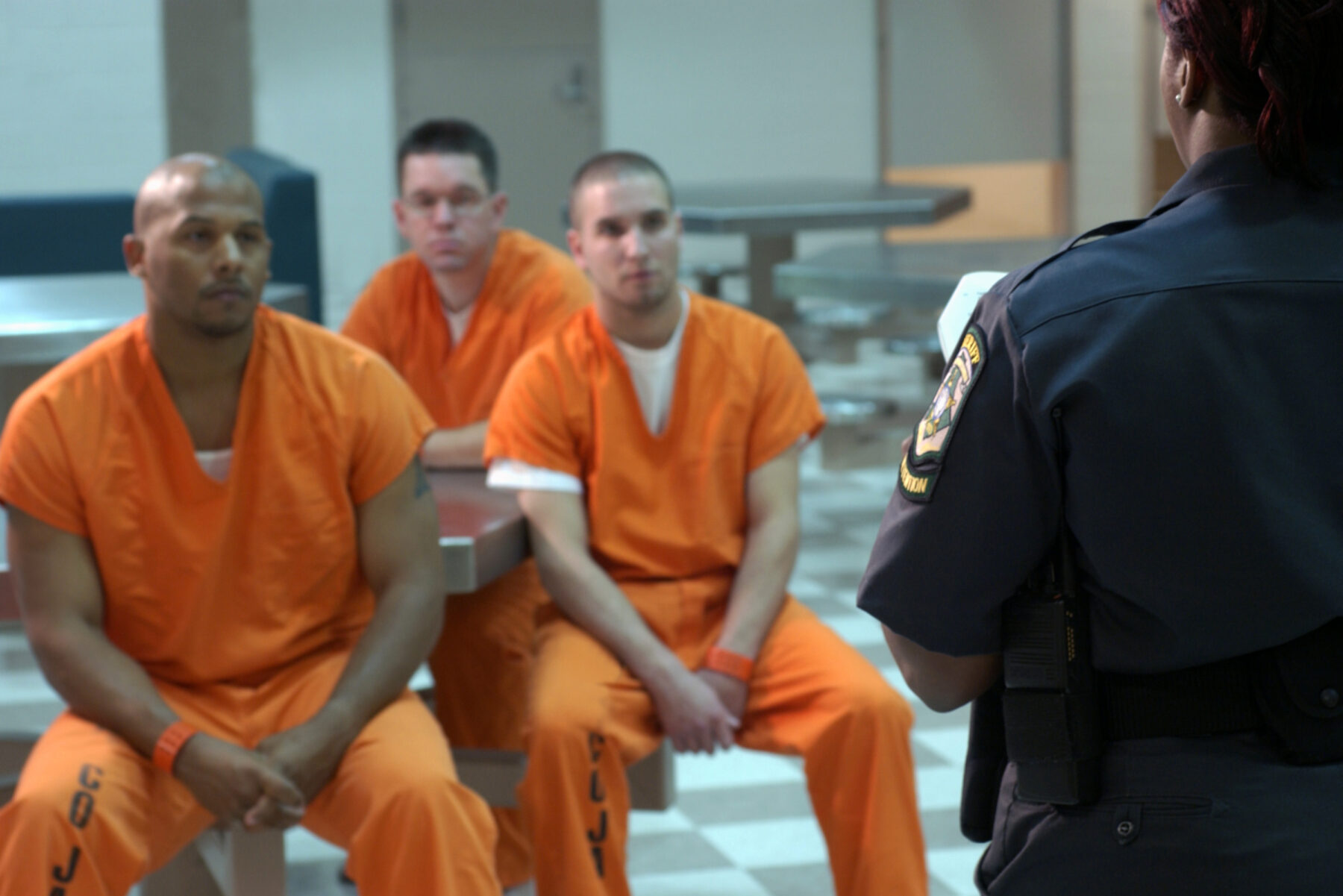California’s prison system has once again drawn national attention after a violent incident at Corcoran State Prison. The altercation between two inmates has raised pressing concerns about prison safety, mental health care, and systemic reform. While the full details remain under investigation, the case underscores longstanding challenges facing correctional facilities in California and across the United States.

The Incident at Corcoran State Prison
Corcoran State Prison, located in California’s Central Valley, is one of the largest and most secure correctional institutions in the state. It houses individuals convicted of serious offenses and is known for managing high-risk inmates.
On March 9, 2019, an altercation occurred inside a prison cell that left one inmate severely injured. Authorities identified Jaime Osuna, who was already serving a life sentence without parole, as a suspect in the case. The event shocked prison staff and observers due to its severity, highlighting questions about inmate supervision and housing practices.
Experts noted that while prison violence is not uncommon, the incident at Corcoran appeared to expose gaps in monitoring and risk assessment procedures—issues that correctional authorities are now reviewing closely.

Official Response and Investigation
The California Department of Corrections and Rehabilitation (CDCR) immediately launched an internal investigation to determine how the incident occurred within a maximum-security setting. Investigators are examining several key issues:
-
Supervision Practices: Were correctional officers conducting adequate rounds during the night?
-
Housing Decisions: Was it appropriate to house two individuals with high-risk backgrounds together?
-
Warning Signs: Were any behavioral red flags missed by staff or mental health professionals?
While correctional officials acknowledge that prisons are inherently unpredictable environments, the incident has prompted a reevaluation of whether existing safeguards are sufficient for inmates with violent or unstable histories.

Legal Proceedings and Public Reaction
Following the incident, Jaime Osuna faced additional charges. However, because he was already serving a life sentence, legal experts have questioned whether such cases highlight broader issues of accountability rather than deterrence.
Public opinion has been divided. Some critics argue that lapses in supervision contributed directly to the incident, while others see it as symptomatic of a prison system strained by overcrowding, limited staffing, and insufficient mental health resources.
Understanding the Challenges of High-Risk Inmates
Osuna’s background illustrates the difficulty of managing individuals with extensive histories of violence. Convicted of murder in 2011, he had long been monitored for mental health concerns and transferred among facilities before arriving at Corcoran.
Experts have raised questions about whether existing interventions were adequate. Did systemic gaps in mental health treatment and inmate classification put both Osuna and his cellmate at risk?
The case points to a broader dilemma: how correctional systems should respond to inmates whose behavior may not be manageable through traditional rehabilitation programs.
Systemic Issues in Prison Safety
The Corcoran case is part of a larger conversation about prison safety across the U.S. Key systemic challenges include:
-
Overcrowding: Many prisons house far more inmates than originally designed, straining supervision and increasing tensions.
-
Staffing Shortages: Correctional officers often work under high stress with limited resources, particularly during overnight shifts.
-
Mental Health Needs: A large proportion of the prison population struggles with untreated or inadequately treated conditions.
-
Housing Assignments: Pairing high-risk inmates with others without adequate safeguards can escalate risks.
Without addressing these structural problems, experts warn, similar incidents are likely to recur.
Mental Health and Violence in Prisons
One of the most urgent issues raised by this case is the role of mental health in correctional facilities. Studies suggest that more than half of incarcerated individuals in the U.S. have a mental health condition. Yet access to consistent treatment remains uneven.
For high-risk inmates, untreated conditions may contribute to aggression, erratic behavior, and increased danger to themselves and others. Expanding access to therapy, medication, and behavioral programs could help reduce risks and improve outcomes for both inmates and staff.
Improved mental health care in prisons could:
-
Identify early signs of potential violence
-
Provide stabilization through therapy or medication
-
Offer conflict-resolution programs
-
Prepare inmates for safer reintegration into society
Calls for Reform
Advocates for prison reform stress that accountability is important, but prevention must be the ultimate goal. Recommendations include:
-
Enhanced Supervision: More frequent checks, especially during nighttime hours
-
Technology Upgrades: Expanding surveillance tools to better monitor inmate activity
-
Mental Health Services: Hiring more qualified professionals and expanding treatment programs
-
Improved Housing Policies: Developing stricter protocols for cellmate pairings
-
Comprehensive Staff Training: Equipping officers with skills in crisis intervention, conflict de-escalation, and mental health awareness
Supporters of reform emphasize that these measures benefit not only inmates but also correctional staff and the broader community.
National Implications
While the Corcoran incident took place in California, its significance extends nationwide. Similar challenges—overcrowding, understaffing, and inconsistent policies—are seen in correctional facilities across the country.
Some lawmakers are calling for greater federal involvement, including funding for mental health initiatives, support for staff training, and national oversight mechanisms. Community organizations, meanwhile, continue to push for a balance between accountability, safety, and rehabilitation.
Lessons Moving Forward
The Corcoran case highlights several key lessons:
-
High-risk inmates require closer monitoring and tailored housing decisions.
-
Mental health care must be prioritized as part of prison safety, not treated as secondary.
-
Policies and protocols should evolve continually to address emerging risks.
-
Correctional staff need adequate resources, manageable workloads, and specialized training.
By applying these lessons, correctional systems can strengthen safety while also fostering opportunities for rehabilitation.

Conclusion
The incident at Corcoran State Prison is a stark reminder of the responsibilities correctional systems carry—not only to enforce accountability but also to ensure safety, protect human rights, and support rehabilitation.
California has an opportunity to lead by example in implementing reforms that balance security with humane treatment. Whether through expanded mental health care, stronger oversight, or more effective staff training, meaningful change could reduce risks and create a correctional system that better serves inmates, staff, and society.
As investigations continue, the spotlight remains on California. The broader question is whether this moment will spark lasting reforms—or whether similar incidents will keep repeating across the nation’s prisons.



